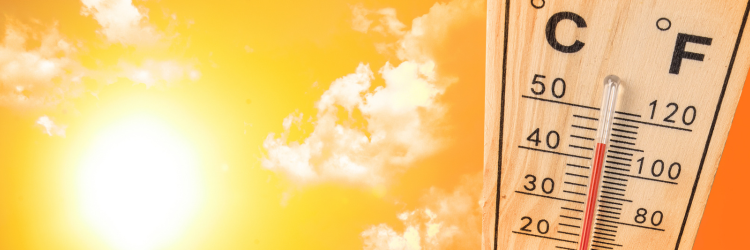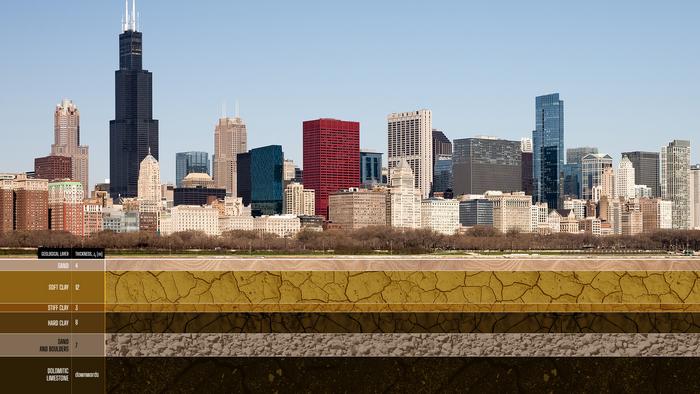Is Your Workplace Highrise Safe? Maybe Not.
We all watched in horror when the residential apartment building collapsed in Florida two years ago. This case involved problems with how the concrete was cast, rendering it permeable to water and the corrosion of much of its steel reinforcement. A Northwestern University study links underground climate change to ground deformation under major global cities. Buildings were not designed to handle it.
They claim that as the ground gets hotter, it deforms. This can cause building foundations and the surrounding land to move excessively and potentially crack, affecting a structure’s long-term operational performance and durability.
The researchers claim it is a potential opportunity. By capturing the waste heat emitted underground, urban planners could mitigate the dangerous effects and reuse the heat as an untapped thermal energy resource. Their work is published in Communications Engineering, a Nature Portfolio journal.
In many urban areas globally, heat continuously diffuses from buildings and underground transportation, warming the ground at an alarming rate. Previous researchers found that the shallow subsurface beneath cities warms by 0.1 to 2.5 degrees Celsius per decade.
Data from a wireless sensing network indicated that underground temperatures beneath the Chicago Loop are often 10 degrees warmer than temperatures beneath Grant Park. Air temperatures in underground structures can be up to 25 degrees higher. Heat diffuses toward the ground and stresses materials that expand and contract with the changing temperatures.
After collecting temperature data for three years, the team built a 3D computer model to simulate how ground temperatures evolved from 1951 to today and how it affects how the ground deforms. Some materials (soft and stiff clay) contract, and others (hard clay, sand, and limestone) expand. Warmer temperatures cause the ground to swell and expand upward by as much as 12 millimeters and can cause the soil to contract and sink downward — beneath the weight of a building — by as much as 8 millimeters. This is more than many building components and foundation systems can handle.
Things are sinking very slowly. It’s very likely that underground climate change has already caused cracks and excessive foundation settlements not associated with this phenomenon.
European cities with very old buildings are expected to be more susceptible to subsurface climate change. Those made of stone and bricks that resort to past design and construction practices are generally in a very delicate equilibrium.
They recommend that future planning strategies integrate geothermal technologies to harvest waste heat and deliver it to buildings for space heating. Planners can install thermal insulation on new and existing buildings to minimize the amount of heat entering the ground.


